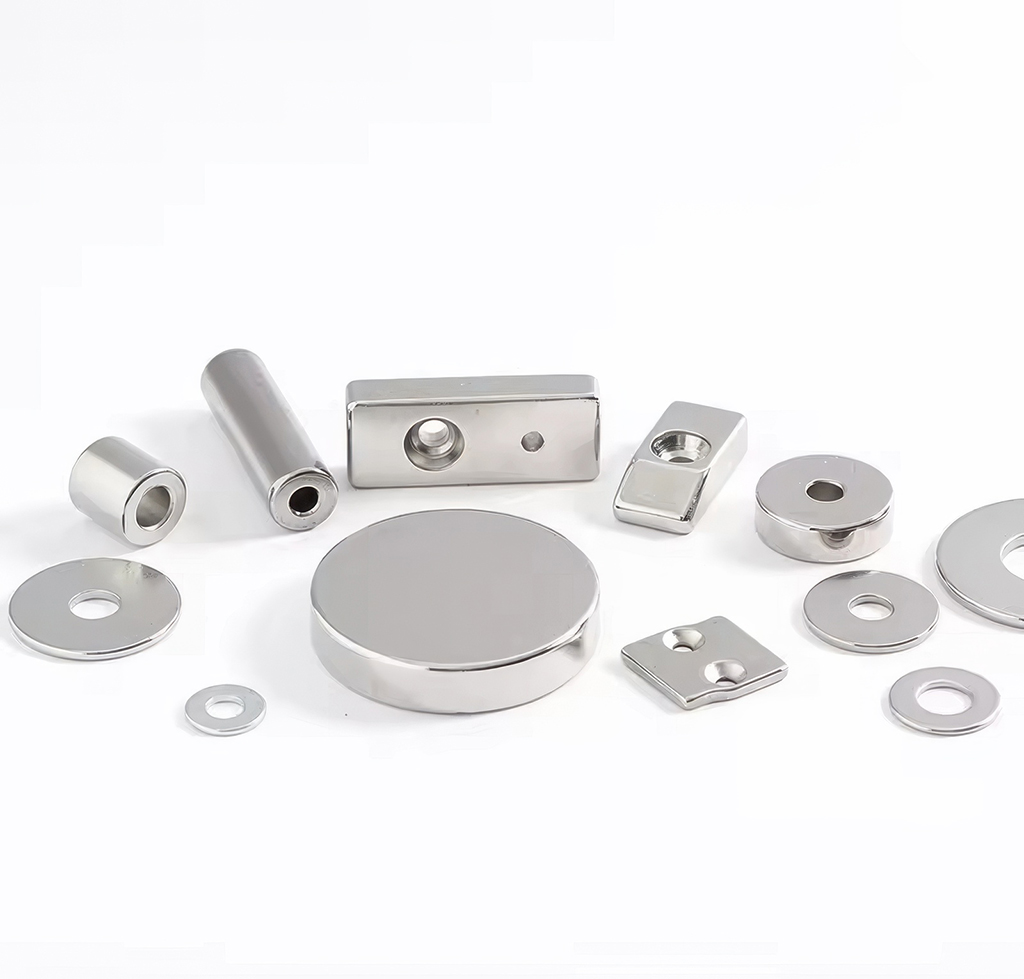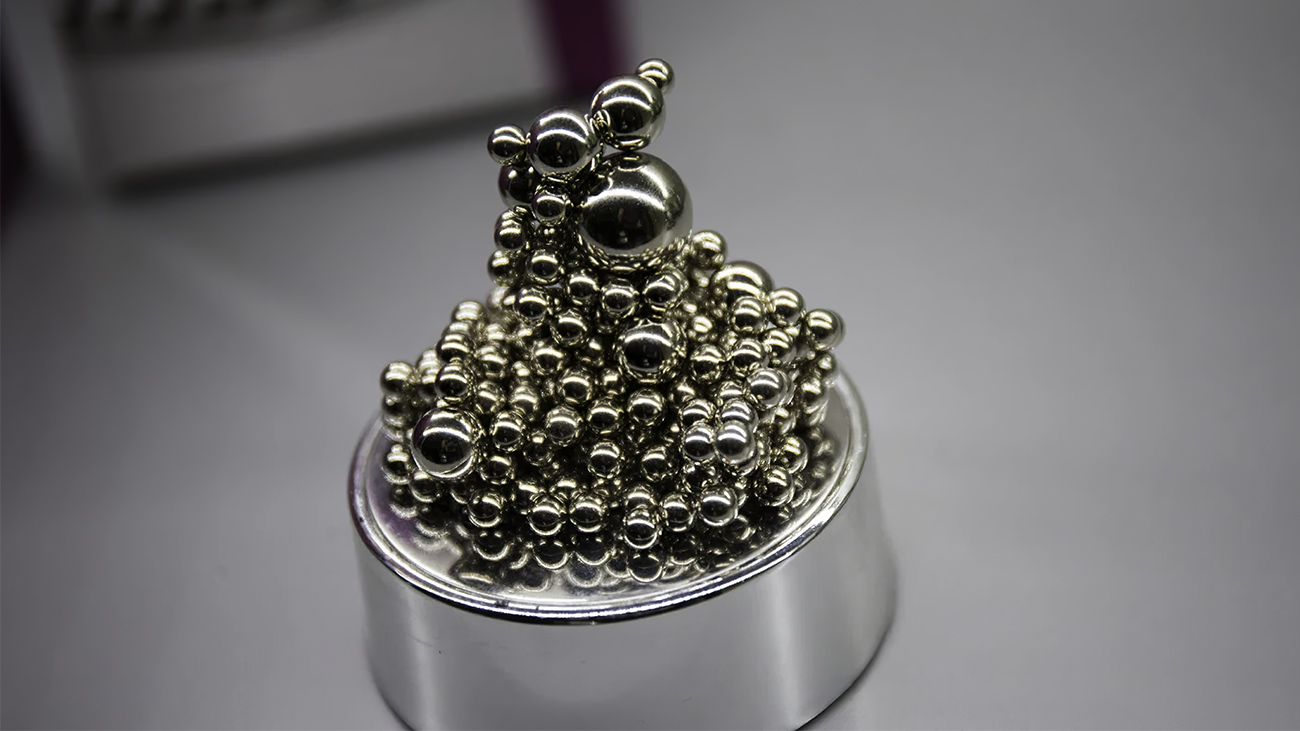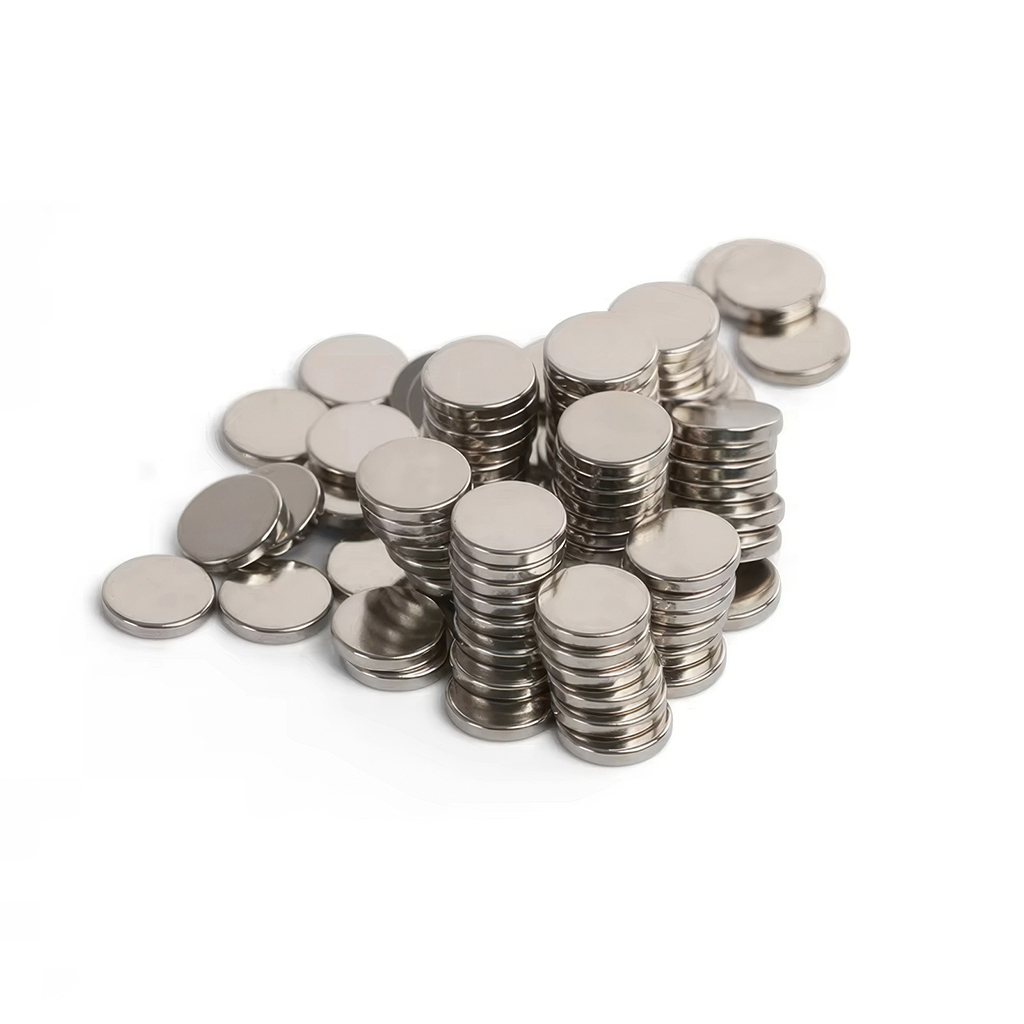What Are Neodymium Magnets? Everything You Need to Know About Rare Earth Magnets
In this article, we’ll explore what makes neodymium magnets unique, their composition, how they’re made, and why they’re so essential in today’s technology-driven world.
Whether you’re an engineer, a curious learner, or someone looking to choose the right magnet for your project, this guide will provide valuable insights into neodymium rare earth magnets.
Table of Contents

What Exactly Are Neodymium Magnets?
Neodymium magnets are a type of rare earth magnet, which means they’re made from rare earth elements. Specifically, they are composed of neodymium, iron, and boron, forming an alloy known as NdFeB. These magnets were first developed in 1982 by General Motors and Sumitomo Special Metals as a groundbreaking alternative to other magnet types like samarium cobalt and alnico.
Key Characteristics of Neodymium Magnets:
- High Strength: Neodymium magnets are the strongest permanent magnets available, capable of generating a magnetic field many times stronger than conventional magnets.
- Compact Size: They offer extreme power in a small size, making them ideal for applications where space is limited.
- Versatility: From motors and wind turbines to medical devices and mobile phones, neodymium magnets are used in countless ways.
These magnets are also known as neo magnets and are widely recognized for their high magnetic properties.
What Makes Neodymium Magnets the Strongest Magnets?
The exceptional strength of neodymium rare earth magnets comes from their unique atomic structure and the combination of neodymium, boron, and iron. The neodymium atoms create a strong magnetic field, while boron and iron provide structural integrity.Compared to other types of magnets, like ceramic magnets or samarium cobalt, neodymium magnets can generate a force that is times stronger than ceramic magnets. This extreme strength is why they are essential in industries like renewable energy and aerospace.
Why Are Neodymium Magnets So Powerful?
- High Coercive Force: They have a high resistance to demagnetization, meaning they retain their magnetic properties even in challenging environments.
- Dense Magnetic Domains: The alignment of magnetic domains in neodymium magnets creates a stronger field compared to other magnet types.
- Advanced Manufacturing: Processes like sintering and magnetization enhance their magnetic performance.
What Are Neodymium Magnets Made Of?
Neodymium magnets are made from a combination of:
- Neodymium (Nd): A rare earth element abundant in the Earth’s crust, critical for creating the magnet’s core strength.
- Iron (Fe): Provides structural integrity and enhances the magnet’s durability.
- Boron (B): Stabilizes the alloy and improves the magnet’s magnetic properties.
Additional elements like dysprosium or samarium cobalt may be added to improve the magnet’s ability to withstand corrosion or high temperatures.This alloy of neodymium is melted and processed into the familiar shapes and sizes we see today, such as magnetic rings, discs, or plates.
How Are Neodymium Magnets Made?
The manufacturing process of neodymium magnets involves several precise steps:
Step-by-Step Production Process:
- Melting the Alloy: Neodymium, iron, and boron are melted together in a vacuum induction furnace to create a homogeneous alloy.
- Hydrogen Decrepitation: The alloy is exposed to hydrogen gas, which makes it brittle and easy to break into smaller pieces.
- Milling into Powder: The alloy is ground into a fine powder using a jet mill to achieve a particle size of just a few microns.
- Pressing and Sintering: The powder is compacted into a block using an isostatic press and then heated in a furnace to fuse the particles together.
- Shaping and Refining: The magnet is machined into its final shape using diamond-plated cutting tools.
- Magnetization: The magnet is exposed to a strong magnetic field to align its magnetic domains permanently.
For custom sizes, visit the Customized NdFeB Magnets page.
What Types of Magnets Are Neodymium Magnets Compared To?
Neodymium magnets are part of the rare earth magnet family but are often compared to other magnets like:
- Samarium Cobalt: Another strong rare earth magnet, but less powerful than neodymium magnets.
- Alnico: Made of aluminum, nickel, and cobalt, these magnets have lower strength and are used in specific applications like guitar pickups.
- Ceramic Magnets: Affordable and widely available, but much weaker than neo magnets.
Why Choose Neodymium Magnets?
Neodymium magnets are ideal for applications requiring high magnetic strength in small spaces, making them the go-to choice for advanced technologies like electric motors and wind turbines.
Where Are Neodymium Magnets Used?
Common Uses of Neodymium Magnets:
- Electronics: Used in mobile phones, speakers, and hard drives.
- Renewable Energy: Essential in wind turbines and other sustainable energy systems.
- Medical Devices: Found in MRI machines and other diagnostic tools.
- Automotive Industry: Used in electric vehicles, hybrid motors, and powertrain systems.
Neodymium magnets are also used in industrial equipment, magnetic tools, and even toys.For more details, check out Neodymium Magnets in Automotive and Wind Power Applications.
How Do Neodymium Magnets Compare to Samarium Cobalt?
Samarium cobalt magnets are another type of rare earth magnet, but how do they compare to neodymium magnets?
| Feature | Neodymium Magnets | Samarium Cobalt Magnets |
| Strength | Strongest magnets available | Slightly weaker than neodymium |
| Temperature Tolerance | Moderate (up to 150°C) | Higher tolerance (up to 300°C) |
| Cost | More affordable | More expensive |
| Corrosion Resistance | Requires protective coatings | Naturally corrosion-resistant |
While samarium cobalt is better for high-temperature applications, neodymium magnets are the strongest permanent magnets and are more widely used.
What Are the Applications of Neodymium Rare Earth Magnets?
Neodymium magnets are versatile and used across various industries. Here are some key applications:
- Consumer Electronics: Found in headphones, microphones, and speaker magnets.
- Wind Power Generation: Used in permanent magnet synchronous generators for wind turbines.
- Medical Devices: Important for magnetic resonance imaging (MRI) and other technologies.
- Aerospace: Used in electric propulsion systems and navigation equipment.
- Industrial Equipment: Found in servo motors, lifting tools, and magnetic separation devices.
How to Choose the Right Magnet?
When selecting a magnet, consider the following factors:
- Strength Requirements: For high-performance applications, use neodymium magnets.
- Operating Temperature: If the environment exceeds 150°C, choose magnets like samarium cobalt.
- Size and Shape: Neodymium magnets are available in many shapes and sizes, including discs, rings, and plates.
For custom solutions, visit Customized Neodymium Magnets.
How Are Neodymium Magnets Protected from Corrosion?
Neodymium magnets are prone to corrosion, so they are coated with materials like:
- Nickel-Copper-Nickel (Ni-Cu-Ni): The most common coating for durability.
- PTFE (Teflon): Used in harsh environments.
- Epoxy: Provides additional chemical resistance.
These coatings ensure the magnets remain functional for years, even in demanding applications.
Summary of Neodymium Magnets
To recap, here are the key points about neodymium magnets:
- They are the strongest permanent magnets available, made from neodymium, iron, and boron.
- Common uses include electronics, renewable energy
Welcome to our factory’s custom NdFeB magnet services, where your ideas and needs become reality.
Simply share your concepts, requirements, or design drawings, and we’ll work closely with you to produce high-quality NdFeB magnets tailored to your exact specifications and performance standards.
You’ll benefit from competitive pricing, complimentary samples, and professional technical support from our dedicated team, making the customization process worry-free, safe, and cost-effective.
Our goal is to ensure that your products achieve outstanding performance with the highest level of quality and precision.
Economic Development Zone, Industrial Park, Shehong City, Sichuan Province, China.
Contact
News
US Department of Defense Allocates $5.1 Million to Recover Rare Earths from E-Waste
On January 17, 2025, the US Department of Defense announced a $5.1 million allocation to Rare Resource Recycling Inc. under the Defense Production Act.
China Revises and Implements the “Regulations for Outward Direct Investment Statistics,” Including Rare Earth Oxides
It is reported that on January 1, 2025, the Ministry of Commerce, the National Bureau of Statistics, and the State Administration of Foreign Exchange officially implemented the revised “Regulations for Outward Direct Investment Statistics.”
Canada Rare Earth Acquires Majority Stake in Laos Rare Earth Refinery
According to Magnet Materials News, on January 9, 2025, Canada Rare Earth Corp. announced plans to acquire a 70% stake in a rare earth refinery in Laos. This acquisition aims to enhance supply security and economic benefits.



